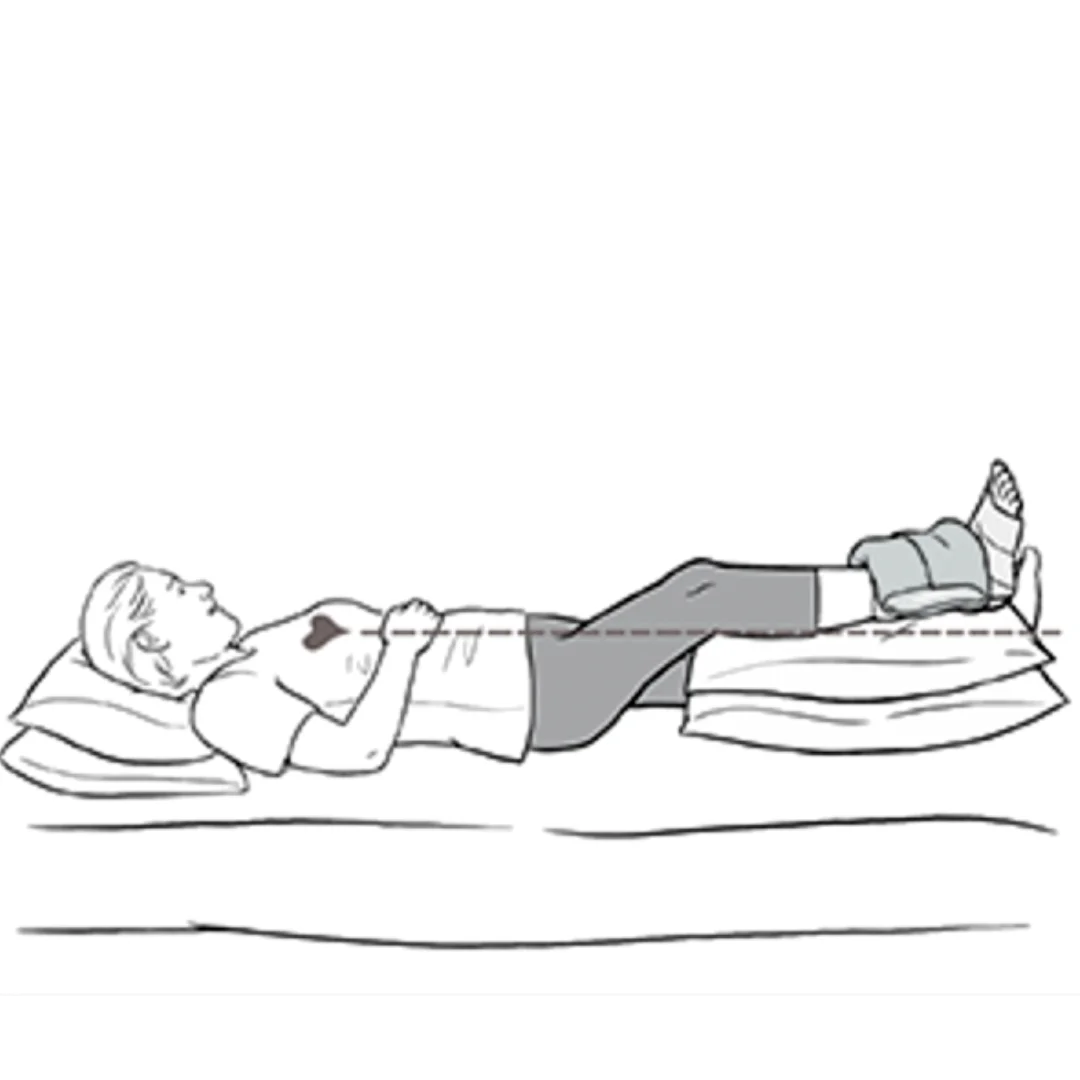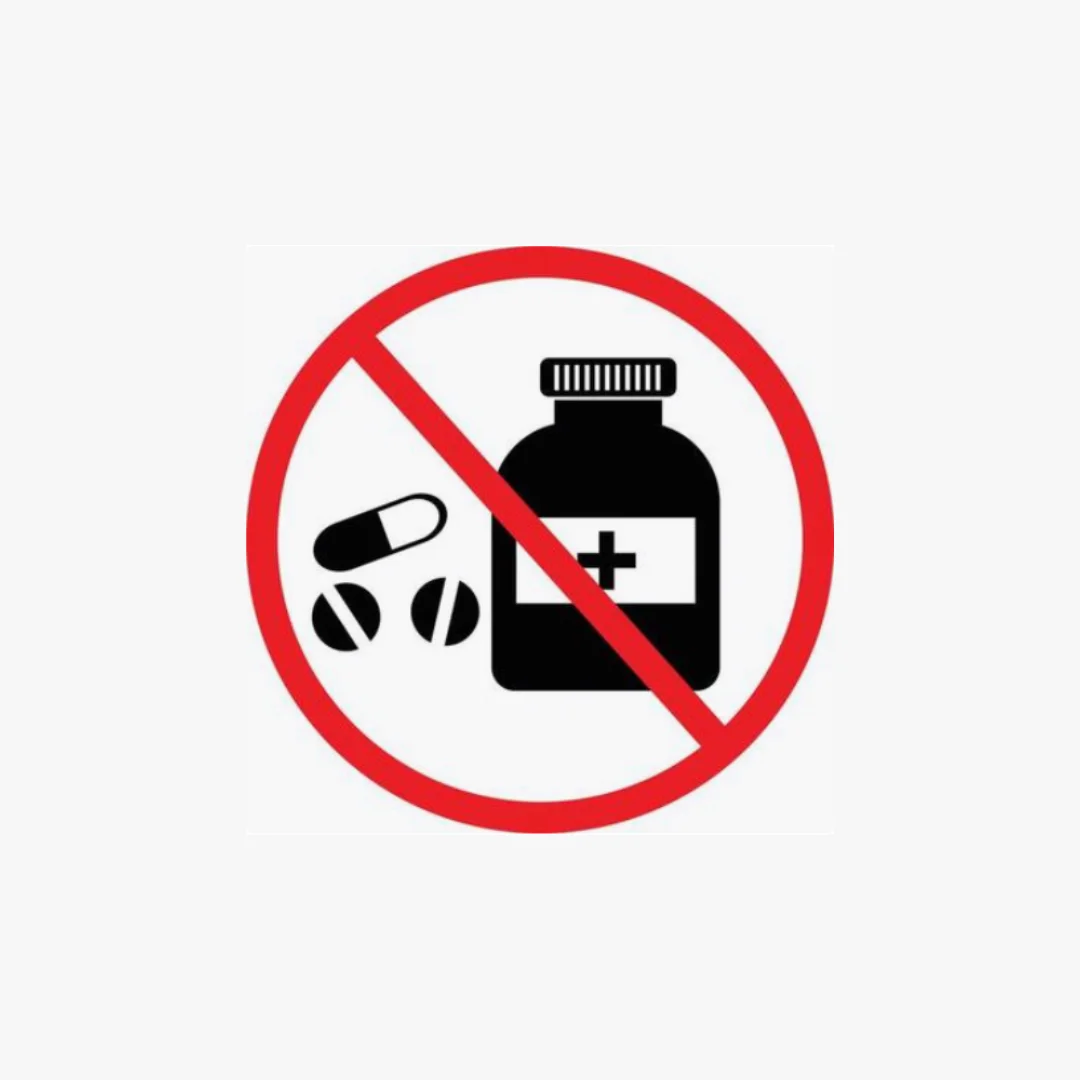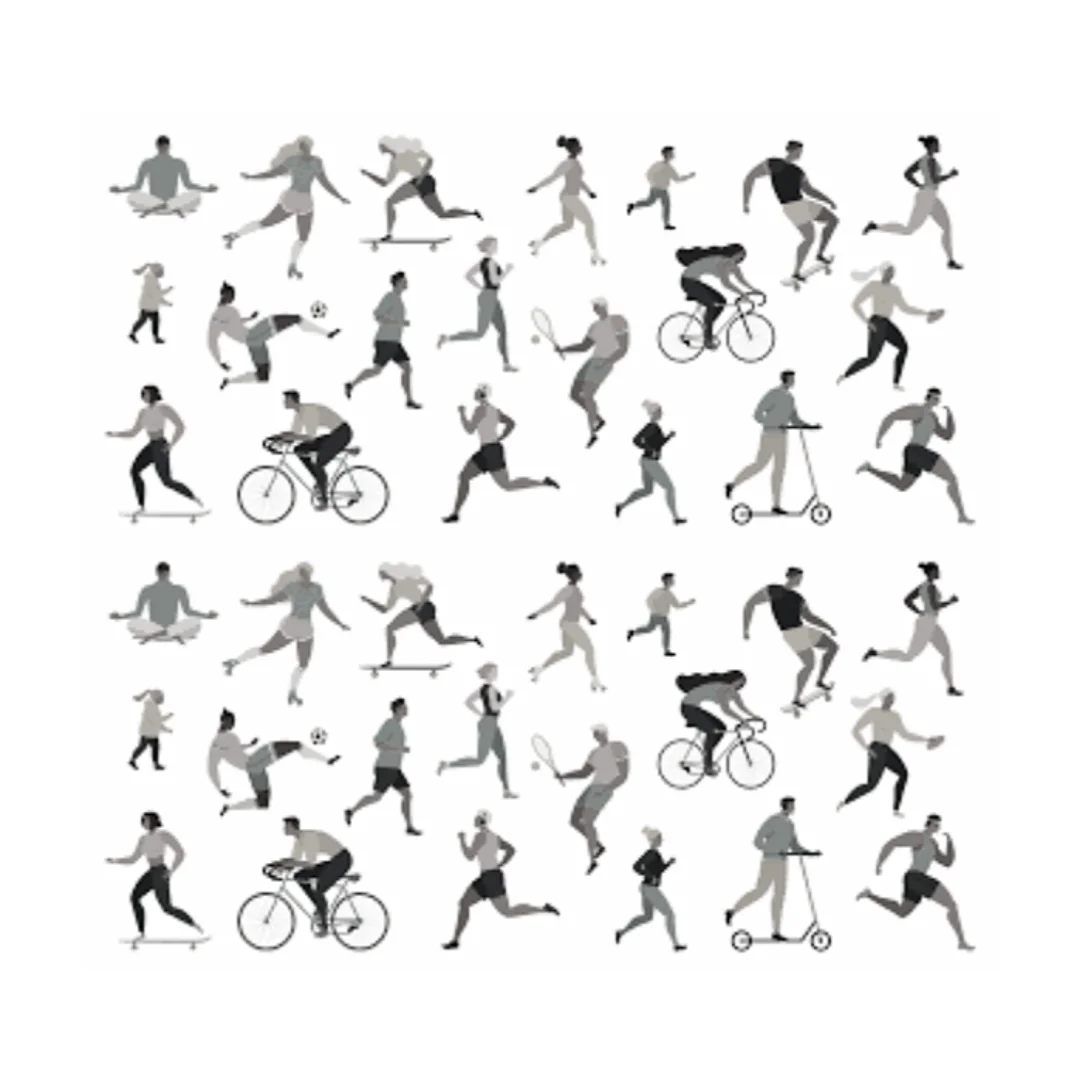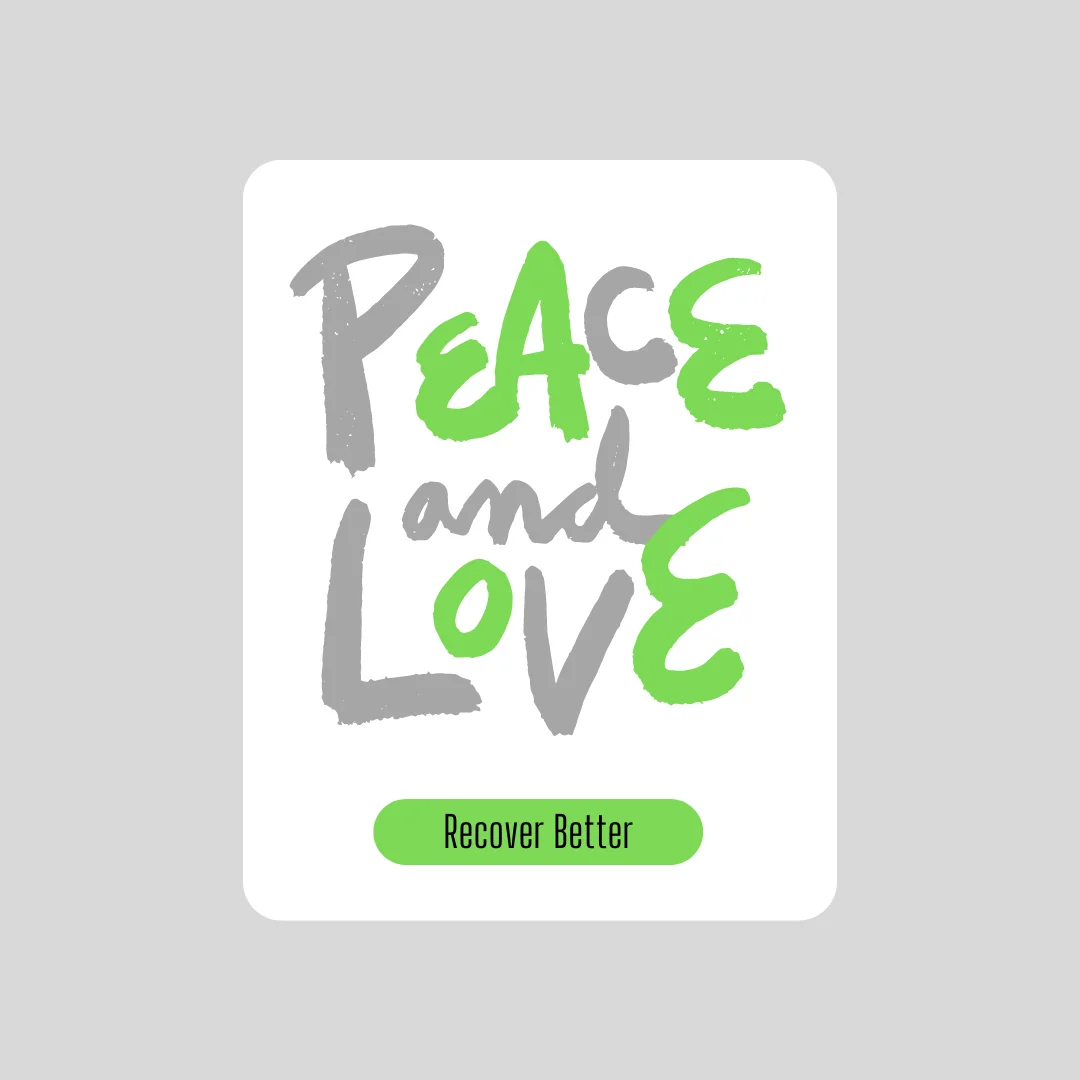For years individuals have been taught to treat injuries with the mnemonic R.I.C.E, which stands for Rest, Ice, Compression and Elevation. Over the last several years the medical community has discovered that this approach of treating acute injuries can actually disrupt and even delay the healing process. Harvard professor, Dr. Gabe Mirkin, who developed the term RICE, publicly stated the famous mnemonic is not the best way to treat and rehabilitate acute injuries.
Recently, the term PEACE and LOVE has been adopted by many healthcare professionals to manage these same types of injuries. It is touted as more effective than previous interventions and promotes faster recovery. So what does PEACE and LOVE stand for?
P- Protect
E- Elevation
A- Avoid anti-inflammatory modalities
C- Compression
E- Educate
Protection: Unload or restrict mobility to minimize tissue damage. In general let pain be your guide.
Elevation: Elevate the affected limb above the heart to help prevent excessive swelling in the injured area.

Avoid anti-inflammatory modalities: These medications have been shown to negatively affect the healing process.

Compression: Compress the affected area to prevent excessive edema and swelling.
Educate: Your medical provider should educate you about your injury and be able to guide you on your journey back to normal activity.
L- Load
O- Optimism
V- Vascularization
E- Exercise
Load: Load management is key to tissue healing.
Optimism: Having a positive outlook on recovery is beneficial to return to pre-injury levels of activity. Negative or pessimistic views on healing can slow the recovery process.
Vascularization: Cardiovascular activity at the right dosage delivers blood flow to damaged tissues to help improve function, and decrease pain.

Exercise: Exercising at the appropriate level while avoiding pain helps restore mobility, strength and proprioception (balance).
The next time you have an injury, take a minute to consider your next steps in recovery. The list above can place your body in an environment of healing so you can get back to life and sport faster!
Movement is Vital for a healthy body and Your Body is a Force to be reckoned with,
Dr. Tom Long, PT, DPT, OCS, OMT-C, CF-L1
Please consult your Physical Therapist, Physician or Healthcare Provider before starting any new exercise program.
References
- Bleakley CM, Glasgow P, MacAuley DC. PRICE needs updating, should we call the POLICE? British Journal of Sports Medicine 2012;46:220-221.
- Khan KM, Scott A. Mechanotherapy: How physical therapists’ prescription of exercise promotes tissue repair. British journal of sports medicine. 2009 Apr 1;43(4):247-52.
- Lewis J, O’Sullivan P. Is it time to reframe how we care for people with non-traumatic musculoskeletal pain?British Journal of Sports Medicine 2018;52:1543-1544.
- Lin I, Wiles L, Waller R, Goucke R, Nagree Y, Gibberd M, Straker L, Maher CG, O’Sullivan PP. What does best practice care for musculoskeletal pain look like? Eleven consistent recommendations from high-quality clinical practice guidelines: systematic review. British journal of sports medicine. 2020 Jan 1;54(2):79-86.


